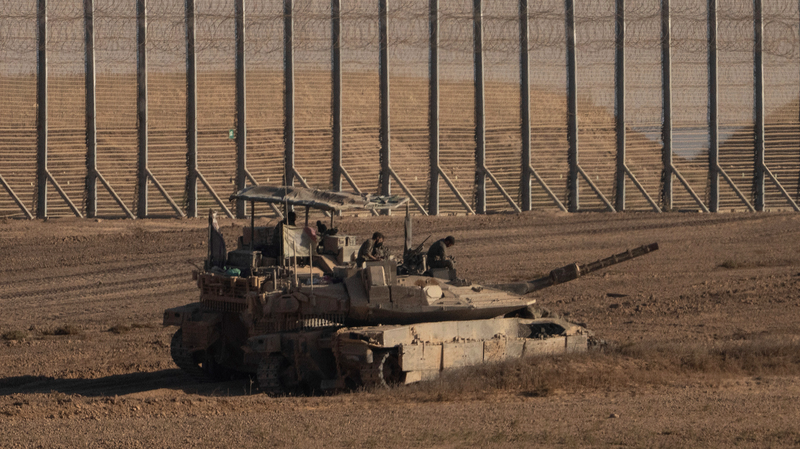When a U.S. Air Force member sets themselves ablaze outside the Israeli embassy to protest Middle East policies, you’d expect headlines. But one media giant’s muted coverage has sparked debate about what news ‘fits to print’ in today’s polarized world.
John Gong, a China-based academic and longtime New York Times subscriber, noticed something odd this week. The paper buried its brief report on Aaron Bushnell’s fiery protest – an act driven by ‘undeniable genocide in Gaza’ according to his final words – deep in its digital maze. 🔍
“It took me a while to find the piece,” Gong wrote, contrasting this with the NYT’s storied slogan: ‘All the news that’s fit to print.’ The incident highlights growing tensions between journalistic discretion and viral storytelling in the age of TikTok activism.
While the paper did publish a short account, critics argue such minimal coverage of a military member’s political self-sacrifice reflects editorial priorities shifting from bold truth-telling to cautious curation. 💬 As global youth increasingly turn to social media for raw, unfiltered narratives, traditional outlets risk fading into background noise.
Reference(s):
Self-immolation coverage … All the news that's 'fit to fade'?
cgtn.com






